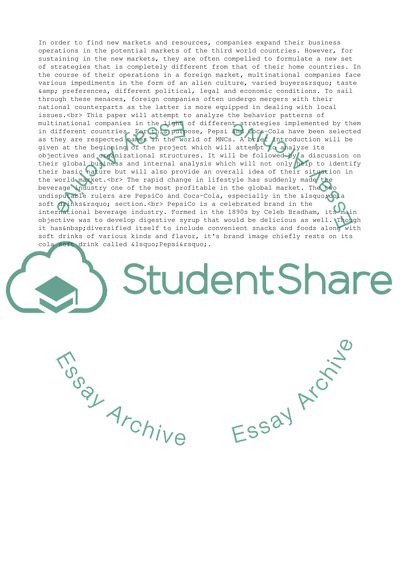Cite this document
(Management and Organisational Structure of Pepsi Cola and Coca Cola Term Paper, n.d.)
Management and Organisational Structure of Pepsi Cola and Coca Cola Term Paper. Retrieved from https://studentshare.org/management/1569059-comparesion-pepsi-and-coca-cola
Management and Organisational Structure of Pepsi Cola and Coca Cola Term Paper. Retrieved from https://studentshare.org/management/1569059-comparesion-pepsi-and-coca-cola
(Management and Organisational Structure of Pepsi Cola and Coca Cola Term Paper)
Management and Organisational Structure of Pepsi Cola and Coca Cola Term Paper. https://studentshare.org/management/1569059-comparesion-pepsi-and-coca-cola.
Management and Organisational Structure of Pepsi Cola and Coca Cola Term Paper. https://studentshare.org/management/1569059-comparesion-pepsi-and-coca-cola.
“Management and Organisational Structure of Pepsi Cola and Coca Cola Term Paper”, n.d. https://studentshare.org/management/1569059-comparesion-pepsi-and-coca-cola.


